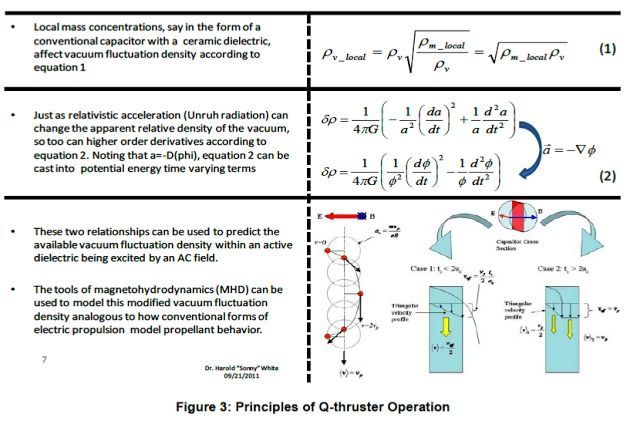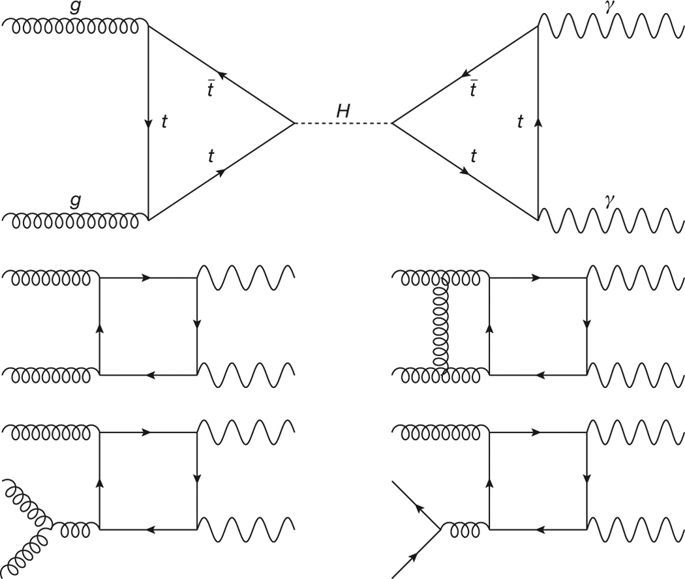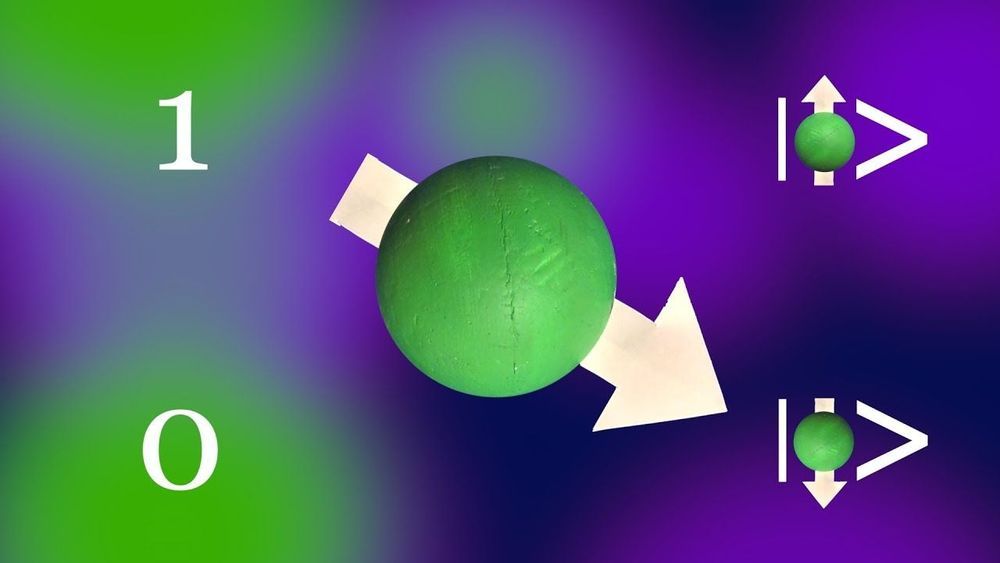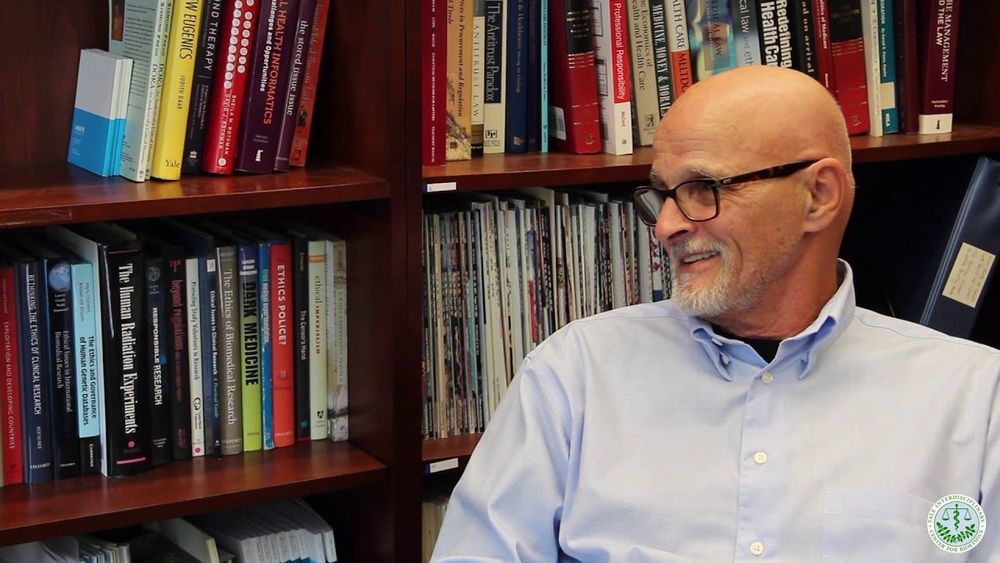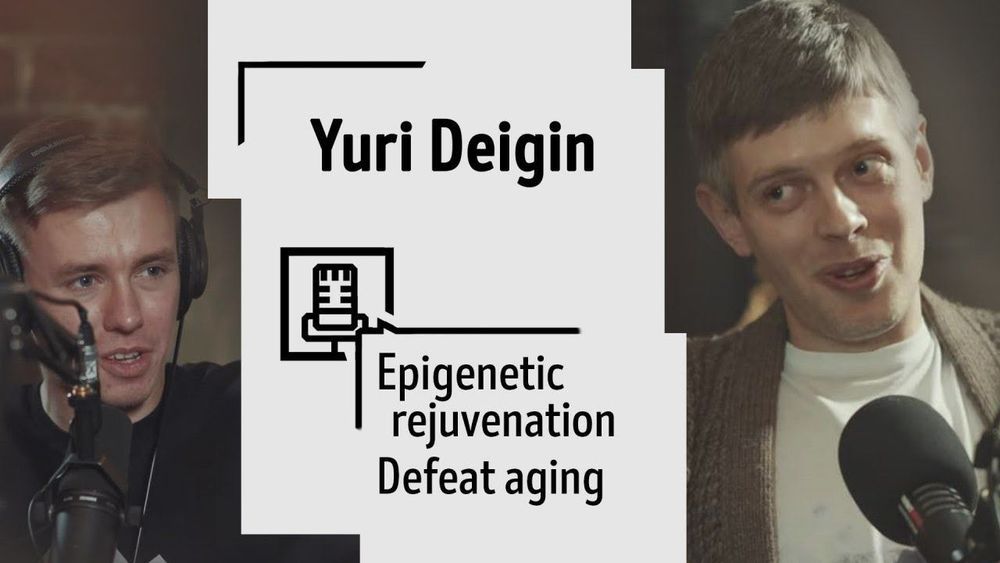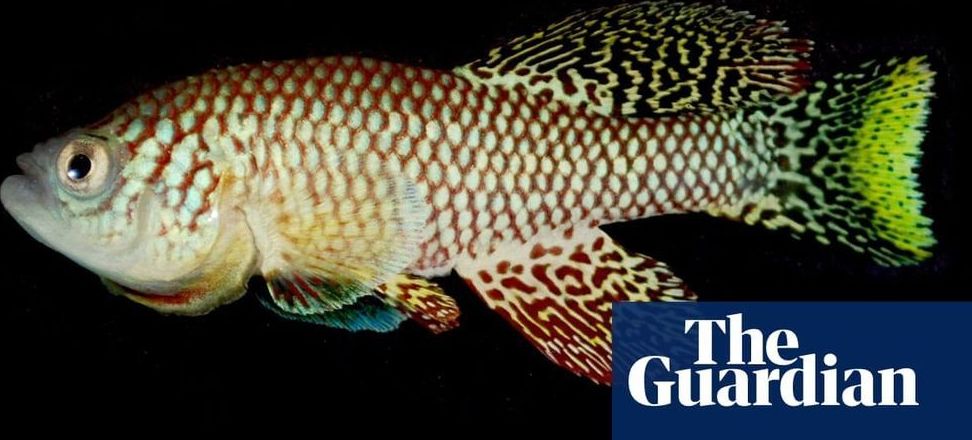Feb 21, 2020
Happy to announce Dr. Christian Schafmeister as a speaker for our 2020 Undoing Aging Conference
Posted by Paul Battista in categories: life extension, materials
Christian Schafmeister, Ph.D., Professor at Temple University in Philadelphia says: “We are developing “therapeutic catalysts” — small, robust, non-immunogentic catalysts that will permeate the tight spaces within tissues and fix things. Our specific targets include reversing the unwanted cross-links that develop in the extracellular matrix with aging.”
Enzymes, while possessing exquisite substrate-specificity, are limited by their molecular size in their ability to gain access to their substrate when it is embedded within dense material. We have always known that this may be a problem for our approach to restoring the elasticity of aged tissues. Christian’s fascinating work offers the potential to solve this issue with molecules that have the same catalytic function as enzymes but are much smaller and can therefore reach these embedded substrates.

